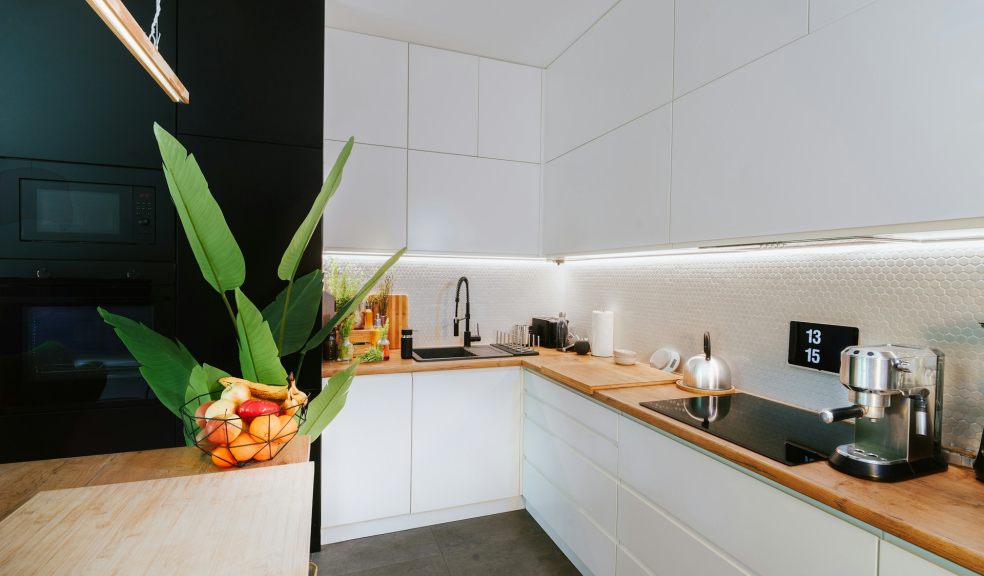
The Smart Buyer's Guide to Renewed Cast-Iron Appliances
Browsing the shop aisles, a certain object catches the eye. Cast iron—heavy, old-fashioned, yes, but carrying an intrigue no shiny modern pan can rival. There’s a movement happening here, and sharp shoppers smell it: renewed cast-iron appliances are quietly slipping back into kitchens everywhere. Ignore the upmarket snobs who scoff at ‘second-hand’. They miss the point entirely. This is about history with utility baked in. Not to mention cost savings that actually make sense in today's climate. Now comes the trickier bit—sorting real value from tired junk, knowing where tradition meets practicality, and avoiding traps set by fast-talking salespeople.
Spotting Genuine Value
No sensible buyer approaches these things without careful consideration. One must look beyond mere aesthetics—a fresh coat of black isn’t proof of quality nor honesty. It starts with provenance, naturally; that label Range Exchange might suggest a trusted refurbishment process or perhaps just clever branding—it pays to check. Feel the heft in your hands—weight speaks volumes about durability; original pieces rarely feel like toys. Scour for chips or cracks along the rim and base—a single flaw can ruin everything once heat is involved. Examine handles and lids; replacement bits often scream modernity in all the wrong ways. If possible, test for seasoning—a good surface should repel water with confidence.
When to Walk Away
It happens more than anyone admits—a salesperson raves about “vintage charm”, but polish alone cannot solve deep rust or warped bases that refuse to sit flat on any hob worth its salt. Ignore any pitch suggesting flaws add character when those imperfections lead to uneven heating or dangerous hot spots; nostalgia doesn’t keep dinner from burning. Watch out for deals too good to be true—the market for rare cast-iron pieces isn’t immune to fakes passed off as treasures dug out of some mythical farmhouse kitchen. A little scepticism keeps disappointment at bay and ensures only worthy candidates receive a place on your shelf.
Maintenance Matters More Than Price
A rookie mistake? Thinking it stops at purchase. The true lifelong value of renewed cast iron cooking is unlocked through care—nothing elaborate or mysterious, but firm habits work wonders: never let it soak long enough to lose its seasoning; avoid jolts between high heat and cold water lest cracking become an issue overnight; dry thoroughly after every wash (a tea towel will do). Re-seasoning is not alchemy—just patience, oil, and an oven set to a low temperature for an hour or so delivers results every time without fail.
The Value Beneath the Surface
Forget fleeting trends; what truly matters endures beneath hype cycles and glossy adverts promising miracle cookware every six months. Renewed cast iron brings warmth—not just physical but cultural—to any kitchen brave enough to embrace function over showmanship. Repairable, robust, and able to last decades if treated right, it’s almost oppositional to the throwaway culture that dominates retail spaces now. Those willing to invest attention reap rewards in taste and texture impossible with flimsy modern substitutes—that’s something money rarely buys twice.
Conclusion
Cast iron isn’t mere nostalgia dressed up as progress—it stands as proof that some inventions defy improvement by design alone. Spotting honest craftsmanship takes practice, but it offers serious dividends: longevity instead of landfill fodder and satisfaction instead of instant regret disguised as convenience purchases made online late at night. The savviest buyers see past the shine—they judge by touch, weight, and readiness for years of use ahead, rather than shallow promises behind today’s sales pitch curtain.













